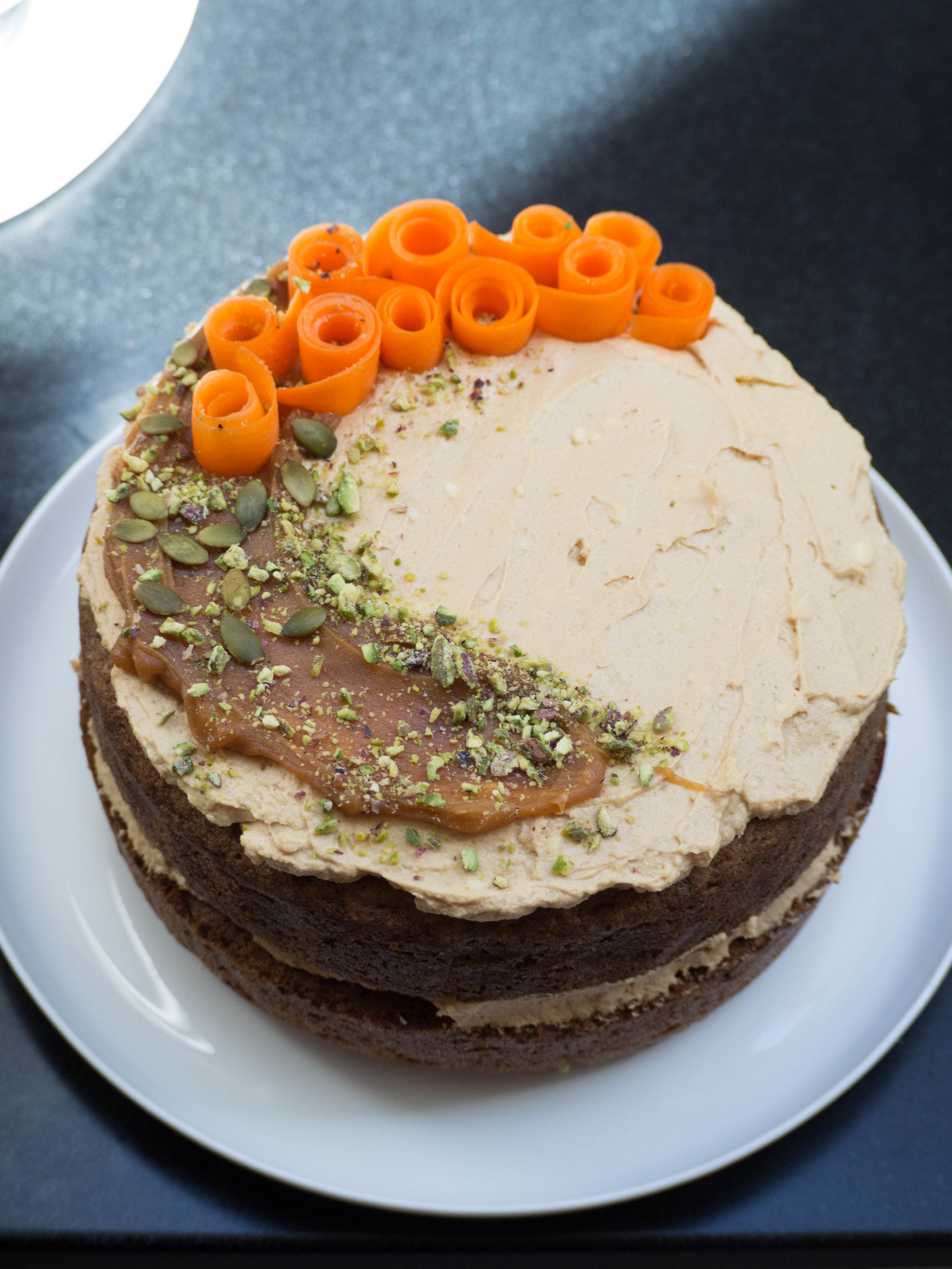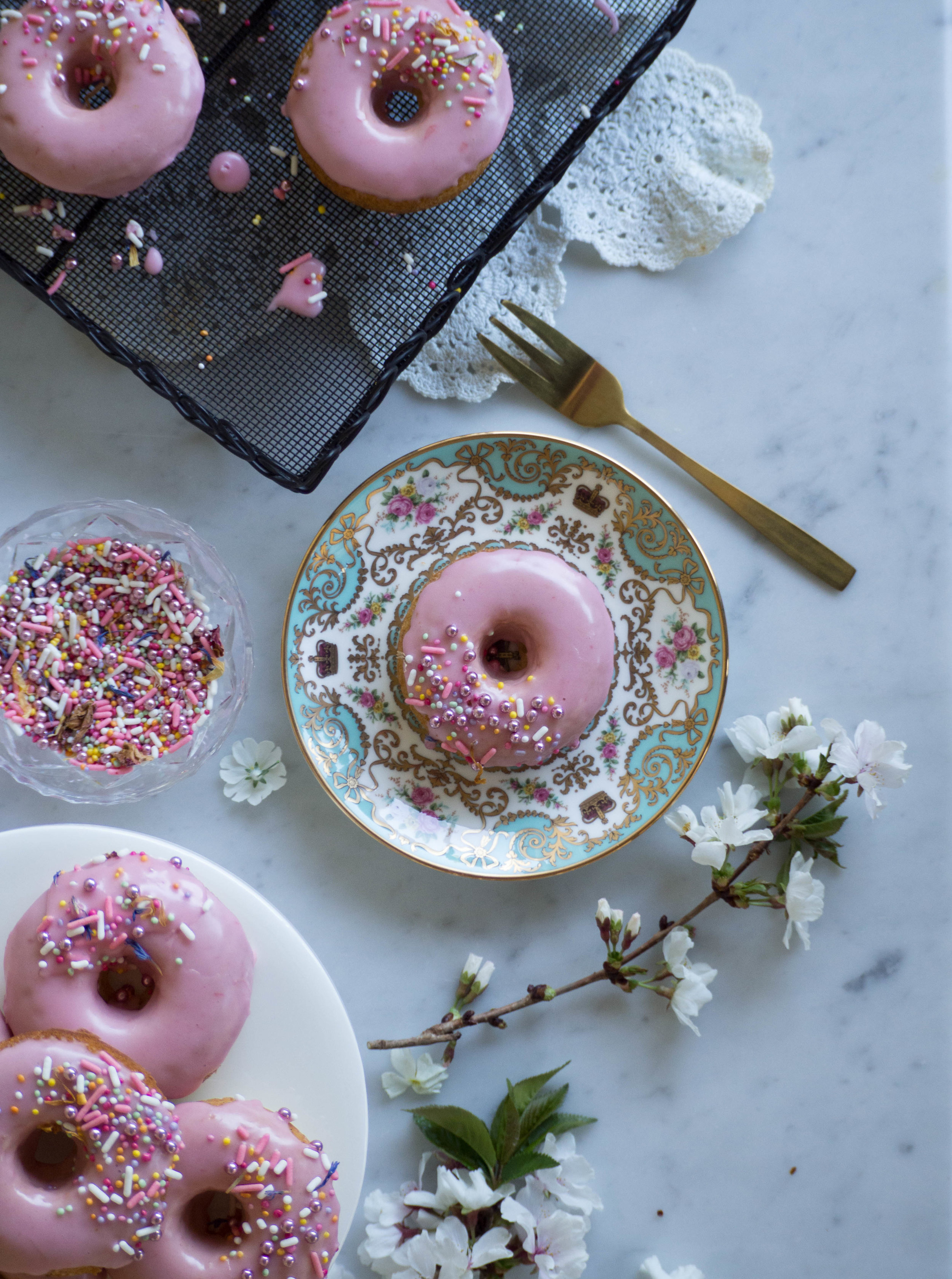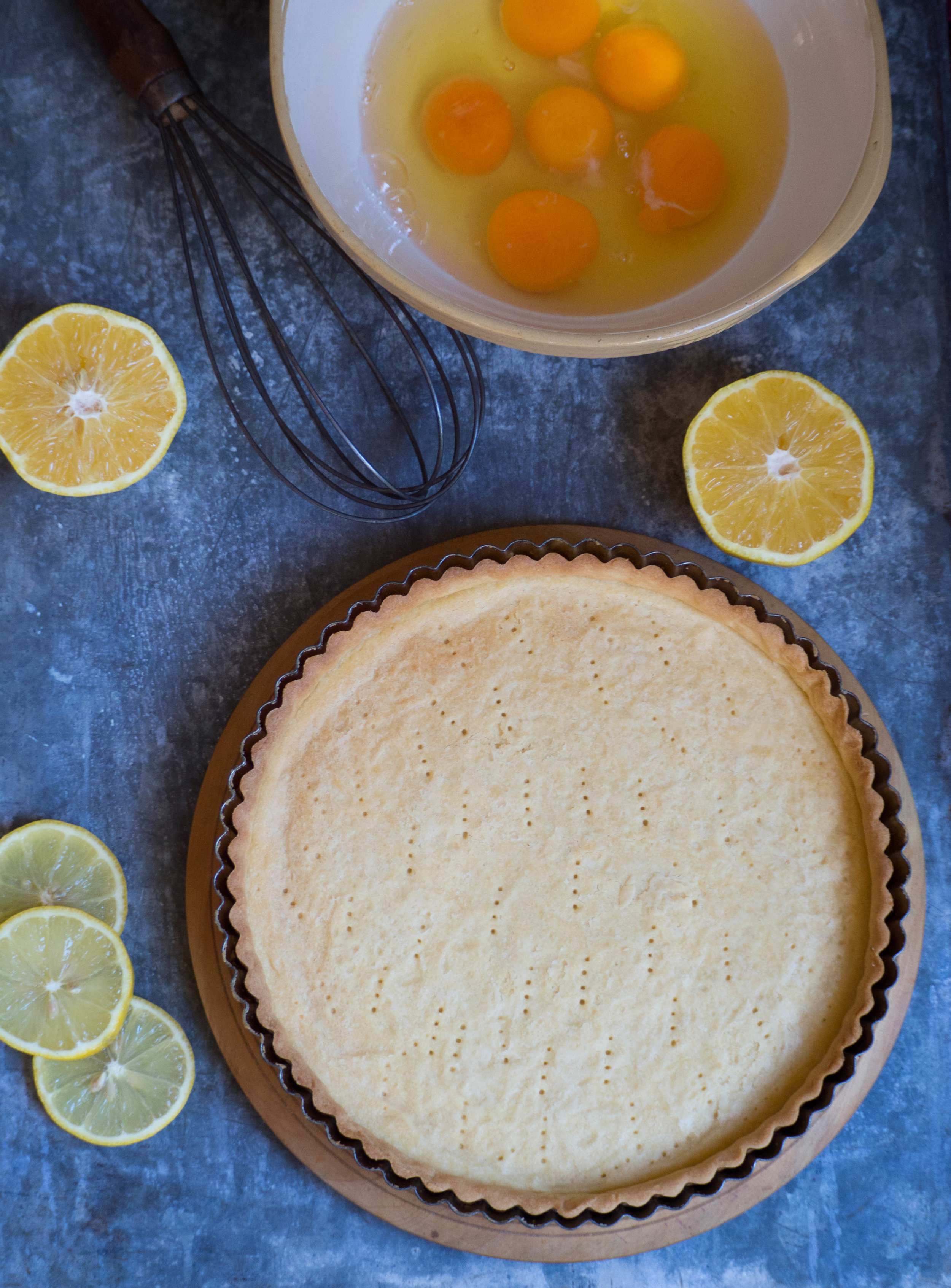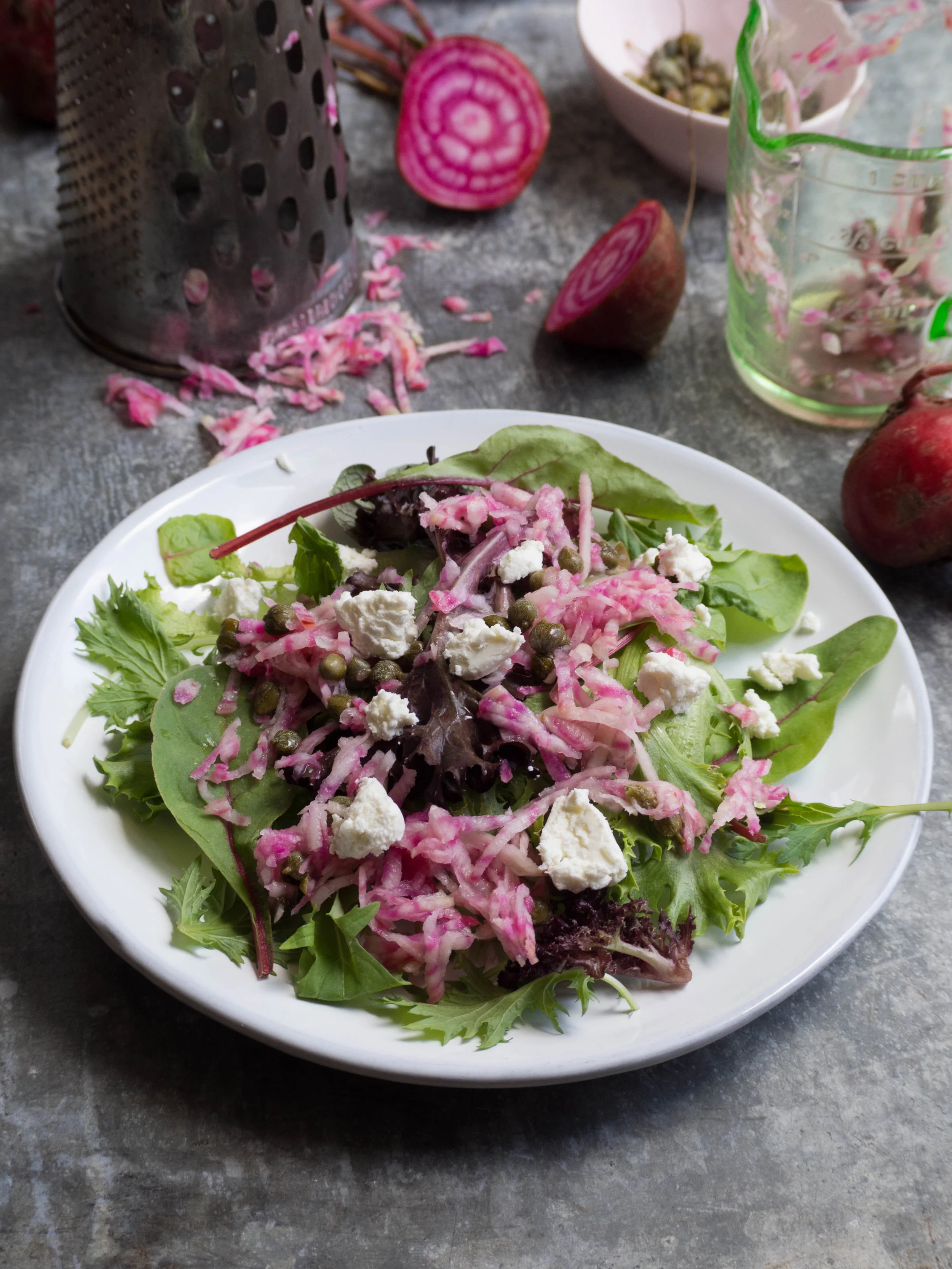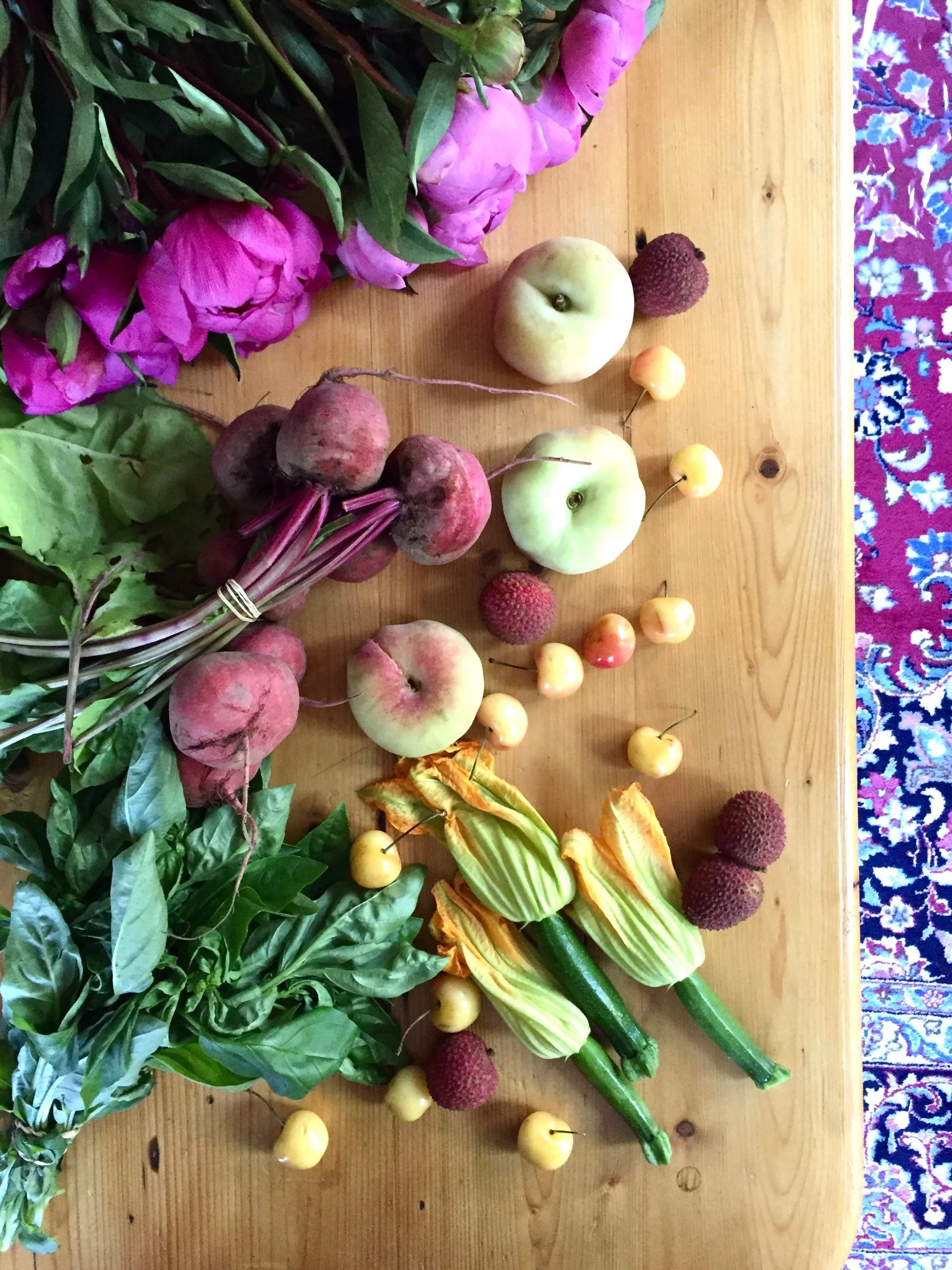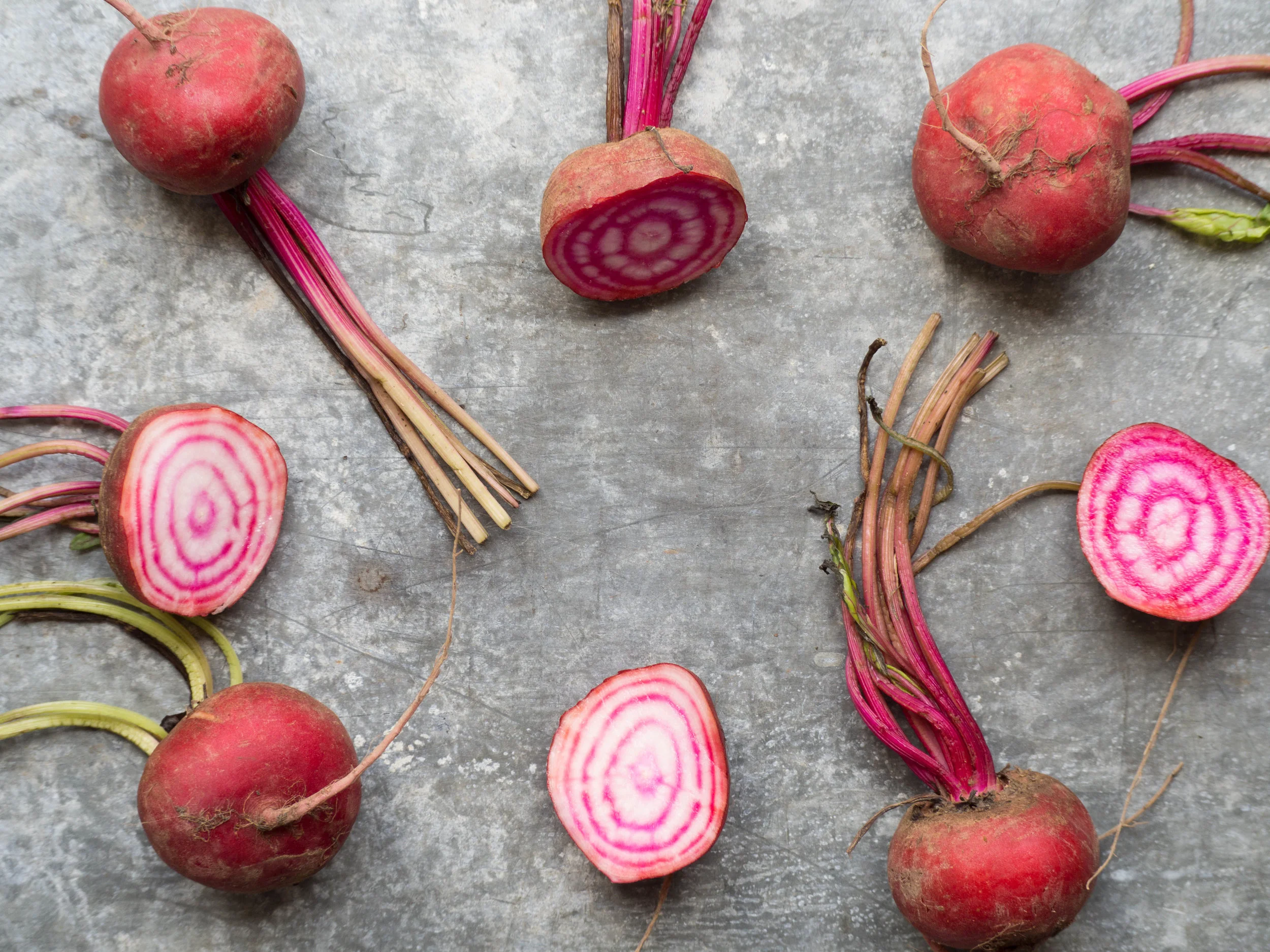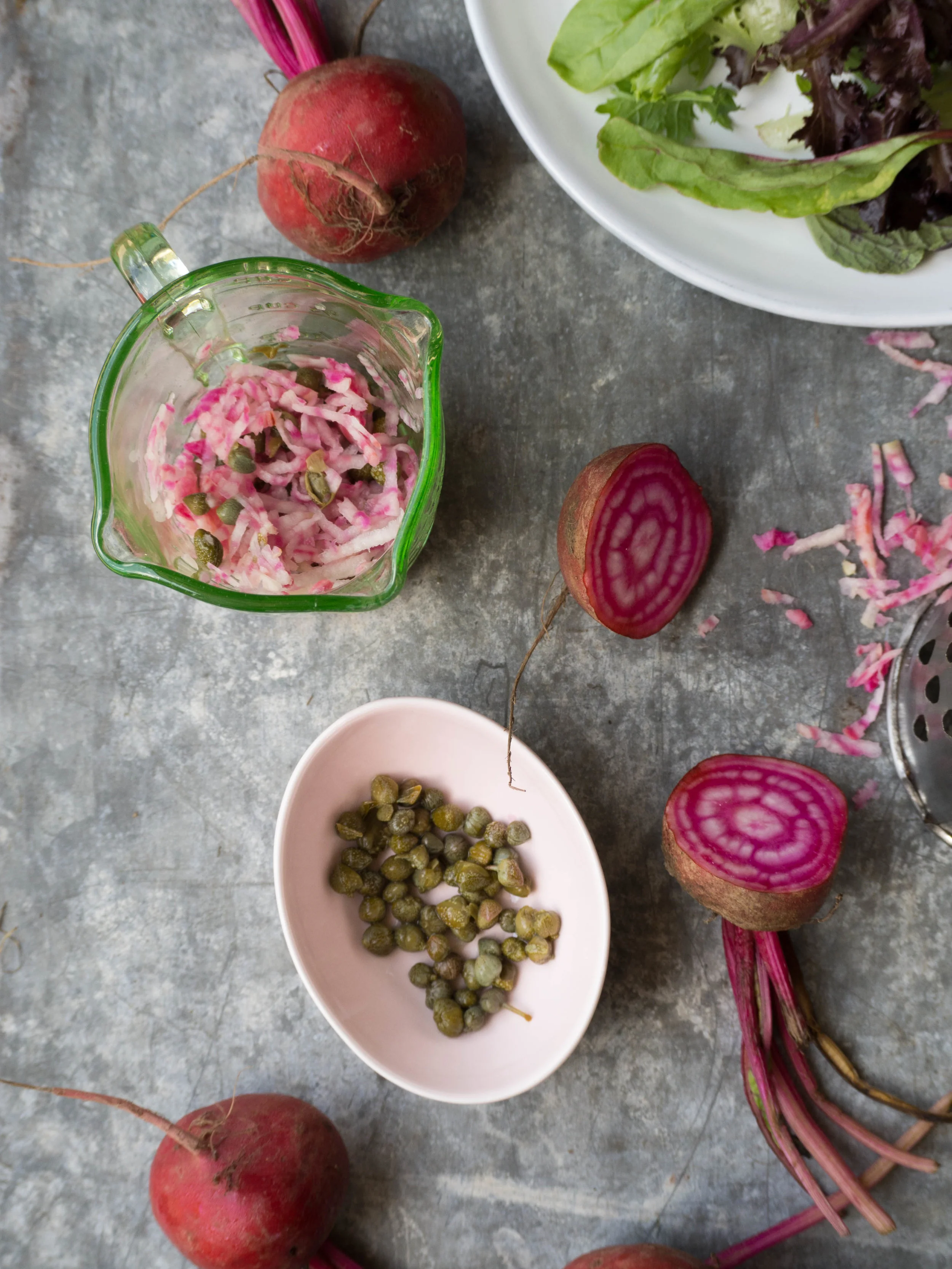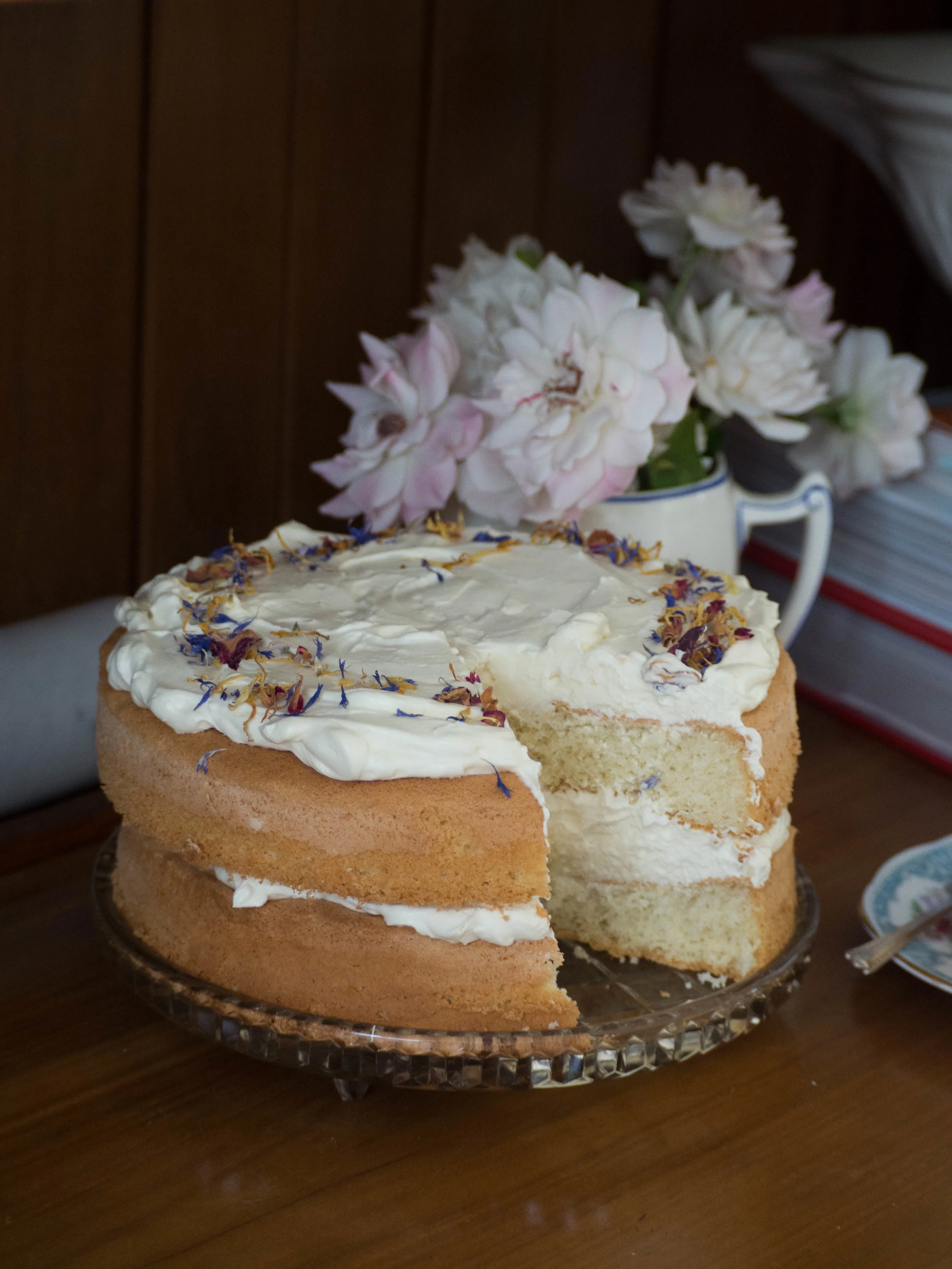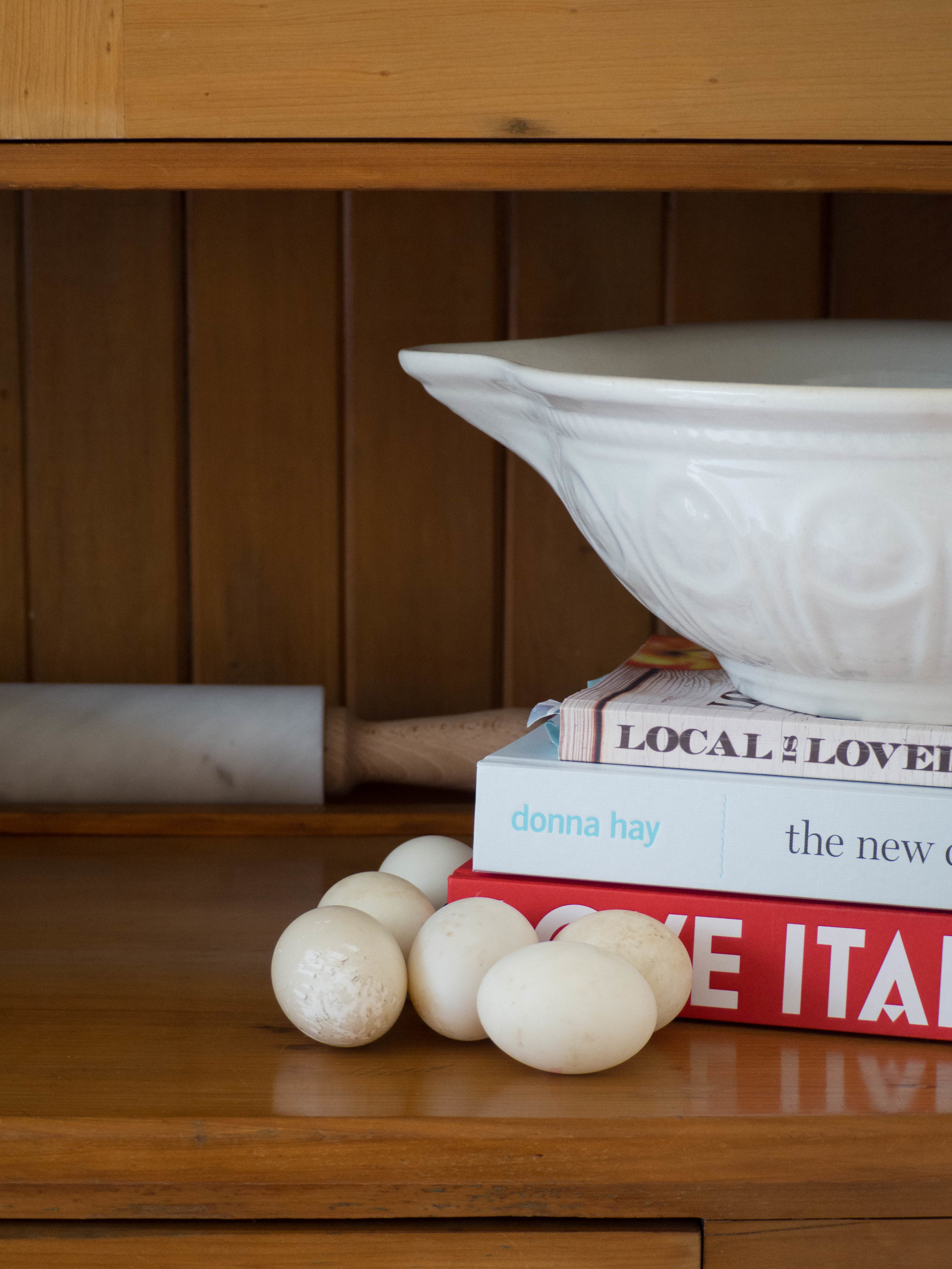Since I really enjoy reading other people’s favourites lists, I thought I would start my own and post some here on the blog or in my newsletter now and then. I find I discover new blogs, recipes, books and podcasts through other bloggers lists, or through similar round ups on podcasts, so I hope you can find the same here!
This new blog post from Beth Kirby of Local Milk - I love Beth’s honesty, and acceptance around the fluidity of her blog and it’s changing focuses over time, and her talk of slow living as “deciding what really matters to you and saying no to everything else”.
This Carrot Cake from My Name is Yeh - I made this (sans tahini) for my Dad’s birthday last month. It is now my favourite carrot cake, as the combination of the hawaij spices, carrot and caramel were just perfect!
A Bookish Baker’s blog post on why she is no longer niching her blog - In all the noise around monetising blogs, being an expert on one thing and there only being one path to follow for all this to be successful, sentiment such as that expressed in this post are so welcome and necessary.
Courage & Spice Podcast: The Podcast for Humans with Self-Doubt - This is a fairly new podcast from Sas Petherick, who has done extensive research on self-doubt. I am loving hearing Sas’ advice and interviews so far, they often feel like they are great personal pep talks letting me know that self doubt isn’t just something I experience, and there are things I can do to alleviate these feelings and start to boost my confidence.
‘Not Just Lucky’ by Jamila Rizvi - I can’t stop recommending this book (sorry to those who have already heard my insistent arguments on why they should read it!). If you are female you will probably be able to relate to this book. Jamila focuses on women and the work environment, and I can honestly say I related to so much more than I ever thought I would. There were so many moments where I thought, ‘Oh other women feel this way too?’, ‘I’m not the only one?’, and ‘OMG it’s like Jamila knows me’. It’s good to know you aren’t alone in how you feel, particularly in the work environment, and Jamila gives some great advice on how to deal with the gender inequalities that plague our workplaces.
But now on to the doughnuts (or donuts? 🤔I never know which). They are extremely simple to make - they take about 10 minutes to cook, which makes them not only slightly healthier than the traditional fried doughnuts but also much quicker to make. To intensify the vanilla flavour a little, you could use some vanilla sugar instead of the white sugar. I used blood orange juice in the icing, because I love the colour, and I still have lots of blood orange juice frozen from last season!
Baked Vanilla Doughnuts with Blood Orange Icing
Ingredients:
135g plain flour
1 tsp baking powder
1/4 tsp bicarb soda
65g white sugar
60ml milk
60g Greek yoghurt
1 egg
40g margarine/unsalted butter, melted
2 tsp vanilla bean paste
canola oil spray
For the Icing:
200-250g icing sugar
2 tbsp blood orange juice, approx.
selection of sprinkles, 100s & 1000s, dried edible flowers etc, to decorate
Method:
Preheat oven to 180 degrees Celsius, and spray a 12 hole doughnut pan with canola oil spray.
In a medium bowl whisk together the flour, baking powder, bicarb soda and sugar. If your bicarb soda is a bit lumpy, sift to remove the lumps - there’s nothing worse than biting into a baked good to find a lump of baking soda in there!
In a jug, whisk together the milk, yoghurt and the egg. Ensure the egg has been fully mixed into the other ingredients. Add the melted margarine and the vanilla bean paste and whisk until combined. Pour this into the flour mixture and mix until just combined - don’t over mix. Similar to muffins, these will toughen up if over mixed.
Place a medium/large piping bag or zip-lock bag over a large glass to it is easy to fill. Spoon in the batter, then pipe into the donut pan, ensuring you only fill each about three quarters the way up - there is plenty of raising agent in the batter so they will rise and expand, and if each doughnut is overfilled the hole in the centre will disappear!
Bake for about 10 minutes, or until the doughnuts are slightly golden and spring back to the touch.
Allow the doughnuts to cool in the tin for a few minutes, then transfer to a cooling rack, using a small icing spatula to gently prise the out if necessary (don’t use a knife as you may scratch your tin in the process).
Once the doughnuts have cooled, make the icing by mixing the 200g of the icing sugar and 1 tbsp of the blood orange juice together. If the icing is too runny add more icing sugar, if it is too dry add a little more blood orange juice. You don’t want to the icing to be very runny or it will all run off the donuts, and take any decoration with it!
To ice the doughnuts, dip the top side of each (the side that was facing down in doughnut pan), into the icing and twist to ensure it is evenly coated. Remove and allow any excess icing to drip off. Leave each doughnut to sit with the icing on for a minute or two, then decorate with the sprinkles etc.
Reference: ‘Sally’s Baking Addiction’ by Sally McKenney (Race Point Publishing, 2014), p.27.



